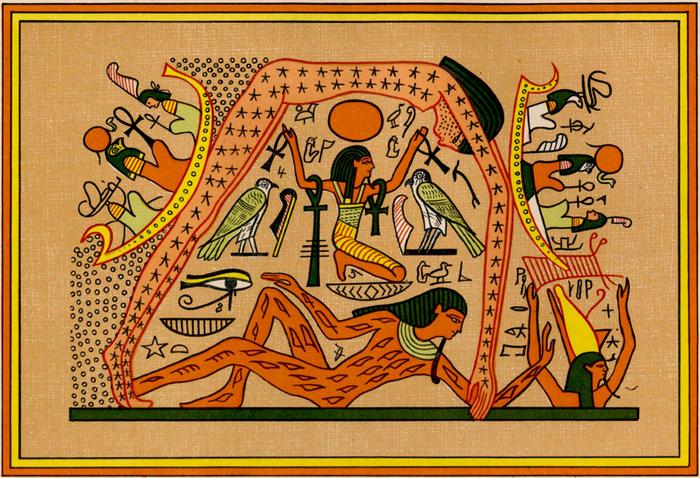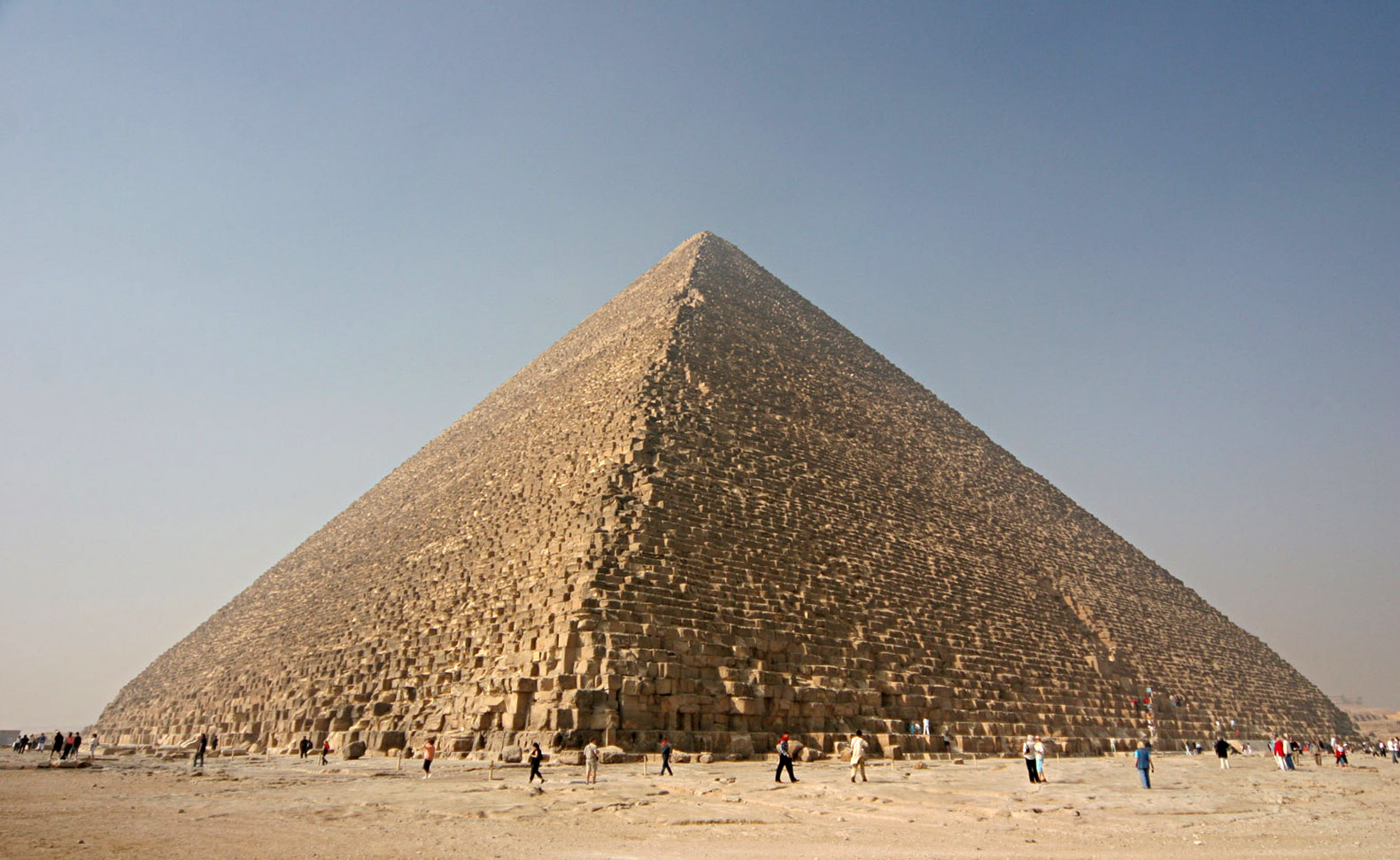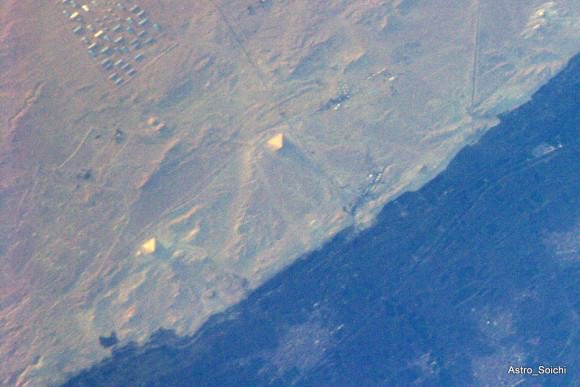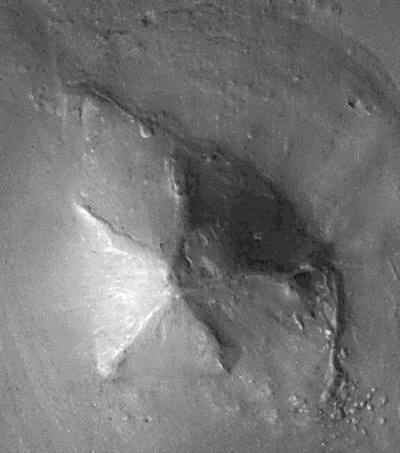[/caption]
The Pyramids on Mars are hills or mountains on the surface of Mars that, from a low resolution image, have near-perfect symmetry resembling that of the Egyptian pyramids. These formations are found in the Martian region known as Cydonia, an albedo feature that gained celebrity-like attention in the 1970s.
Some of the images captured of the Martian surface by the Viking Missions in the 70’s showed a formation that closely resembled a humanoid face. E.T. aficionados immediately interpreted this as a structure built by intelligent lifeforms like ours. More photographs of the region (Cydonia) revealed pyramid-like structures.
One of them, the D&M pyramid had a near-perfect symmetry. Since the pyramids were located near the “Face on Mars”, speculations regarding its alien origins gained more followers. According to advocates of the theory, the Face on Mars may have been constructed by inhabitants of the nearby city a.k.a. the Pyramids on Mars.
They even pointed out the peculiar smoothness of the wide region beside the Pyramids on Mars, which may have been a vast body of water such as an ocean. The proximity of the ‘city’ to a large body of water is typical of most inhabitants who would naturally want to be near a huge source of natural resources and a medium for travel.
This fascinating theory or story later on subsided when much higher resolution photos from later expeditions, one in April 5, 1998 and another in April 8, 2001, revealed the Face on Mars as nothing more than a mesa, an elevated piece of land with a flat top and steep sides. Mesas can be found in the southwestern region of the US.
You can also find them in South Africa, Arabia, India, Australia, and of course, Spain. The term ‘mesa’ is actually derived from the Spanish word that means ‘table’. Mesas look pretty much like giant tables rising above a surrounding plain.
The sharper images showed that the top of the mesa did not resemble a face at all. As for the Pyramids on Mars, such geological formations can be found here on Earth. They’re usually formed through the action of ice in glaciation or frost weathering.
Some good examples of such formations here on Earth are Switzerland’s Matterhorn, USA’s Mount Thielsen, Scotland’s Buachaille Etive Mòr, and Canada’s Mount Assiniboine.
We have some related articles here that may interest you:
There’s more about it at NASA. Here are a couple of sources there:
Here are two episodes at Astronomy Cast that you might want to check out as well:
References:
NASA: Unmasking the Face of Mars
NASA Mars Exploration





